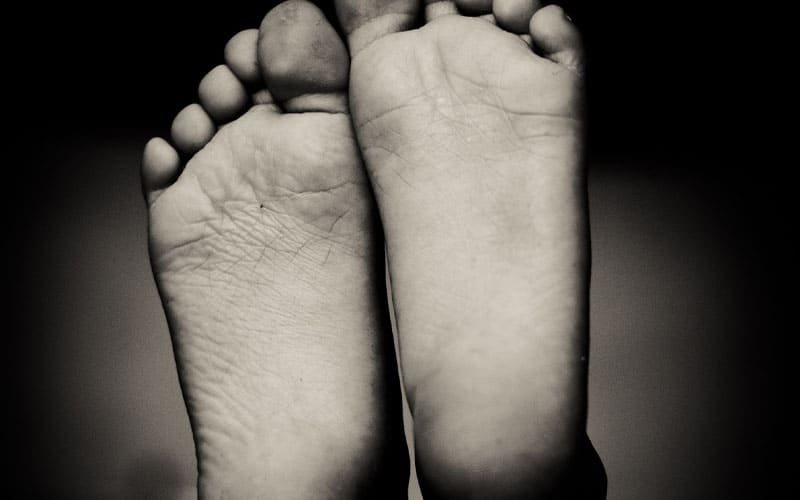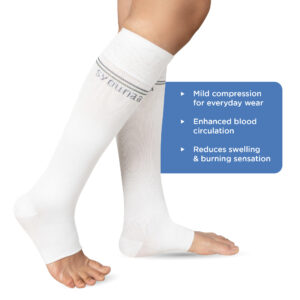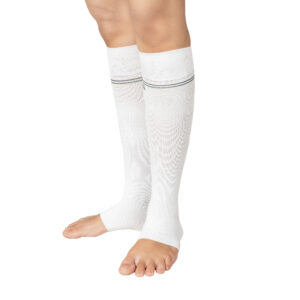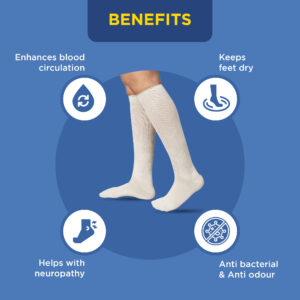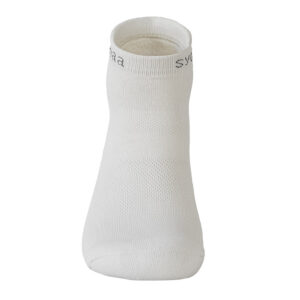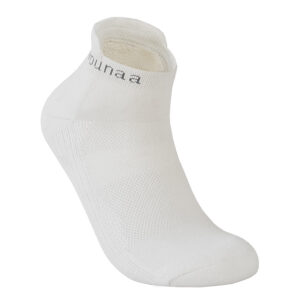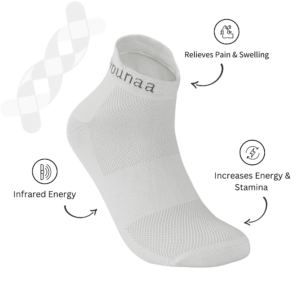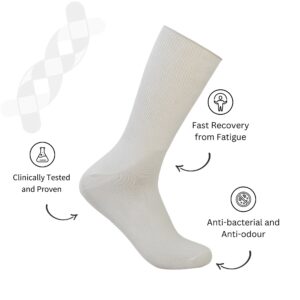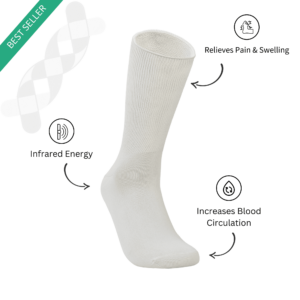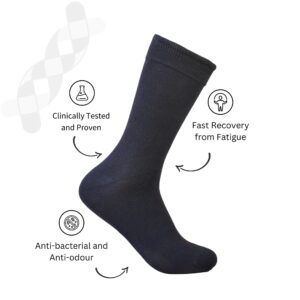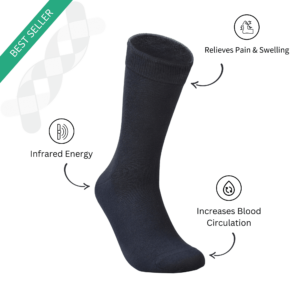The Plantar Fascia is a firm ligament that connects the top of your heel bone or the calcaneus, with your toes. It looks a lot like a flat spider web and works like a trampoline. When we’re walking, sprinting or playing on the beach etc, it takes all the shock from the concrete and protects your feet from injuries.
If the plantar fascia is overworked, you may get plantar fasciitis. Plantar fasciitis refers to the inflammation of the plantar fascia which can last to about a week, to a year! But is there a relation between plantar fasciitis and diabetes? Let’s find out.
Is There A Relationship Between Plantar Fasciitis and Diabetes?
There is no direct correlation between plantar fasciitis and diabetes, however, some studies indicate that those with diabetes have a higher risk of getting plantar fasciitis. Others argue that plantar fasciitis may indicate the onset of diabetes.
No one really knows why many diabetics have plantar fasciitis or why plantar fasciitis mostly affects diabetics. As humans, we can only theorise.
One of the most popular theory is that diabetics are prone to foot problems that alter the shape of the feet. When the shape of the feet is altered, the plantar fascia is strained, leading to plantar fasciitis.
Another reason why it is possible for diabetics to commonly get plantar fasciitis is that diabetics are prone to water retention and swelling around the feet. They are far more likely to get an inflamed plantar fascia than someone who is not diabetic.
What are the Symptoms Of Plantar Fasciitis?
People with plantar fasciitis can belong to two distinct categories. The first category belongs to those who have trouble with their plantar fascia first thing in the morning. That’s when your muscles are the stiffest from not being used throughout the night.
As you start to walk and move around, the muscles relax and the fascia is less inflamed. This helps your level of pain as well. You may face the pain again in the evening when your fascia is irritated from standing for too long.
The second type of plantar fasciitis leads to a lingering pain. This builds up for a long time and takes longer for the plantar fascia to inflame. Once it is inflamed it doesn’t seem to relax. Hence, the pain increases as you walk more or run more, forcing you to make some lifestyle changes.
How Do I Fix Plantar Fasciitis?
There are many exercises that can encourage blood flow to the plantar fascia. As more oxygenated blood reaches it, it starts to recover from the inflammation.
There are many yoga poses for feet, that help reduces the pain and swelling around the tendon. Other methods like deep massaging the soles of your feet have helped many plantar fasciitis patients.
Patients who have trouble walking in the morning can use an ice water bottle to role below each foot before taking their first steps. You can use an ice water bag to keep the frozen bottle by your bedside and do this exercise first thing in the morning. It will give your fascia the massage it needs to wake up for the rest of your day.
Other reasons why you may have plantar fasciitis is because of the weakening arch of your feet. As the arch of your feet weakens, it droops down, putting more pressure on your plantar fascia. You can start arch strengthening exercises to improve the shape of your feet.
Other ways to help your feet is to use the right footwear. Shoes that are catered to your feet are less likely to irritate the plantar fascia. Apart from the shoes, you must also invest in a few good quality smart socks that stimulate blood flow around your feet.
Inflamations occur because of injuries. In fact, if you have severe plantar fasciitis and you run your finger down the base of your feet, you will notice unevenness and swellings scattered around all over.
A comfortable pair of diabetic socks can often give your feet the blood circulation it needs to naturally heal from plantar fasciitis. Plantar fasciitis is very painful hence it’s important to talk to your doctor about the pain.
We hope the above remedies work for you and that you start to feel better very soon.

